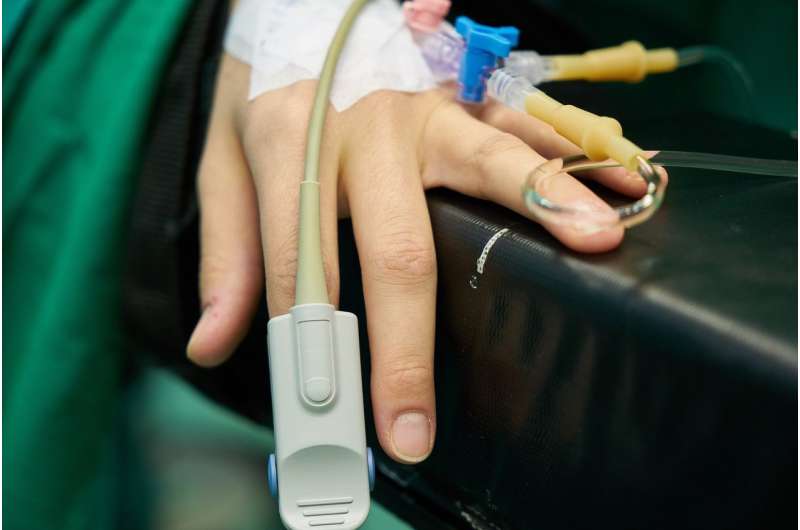Team training can reduce patient mortality by 13 percent

When implemented correctly, health care team training can reduce patient mortality by 13 percent, according to a new review paper by a psychologist at Rice University.
"Transforming Health Care One Team at a Time: Ten Observations and the Trail Ahead" outlines existing evidence and theory on the science behind developing health care teams and how training improves outcomes for patients. The author, Eduardo Salas, the Allyn R. and Gladys M. Cline Chair of Psychology in Rice's School of Social Sciences, explained why team training is a critical part of medical care.
"When training is implemented correctly, the result is improved outcomes across the board, both for patients and employees," Salas said. "The most significant outcome is the reduction of patient mortality by 13 percent."
According to the paper, team training should incorporate considerations such as on-the-job skill building and simulations; leadership shared across members of a medical team; an environment that protects the psychological safety of team members (through showing others respect, active listening and encouraging others to speak up); debriefing on job situations; and measurement of outcomes for later assessment.
In addition to reducing patient mortality, Salas said, health care team training also achieved the following:
- Reaction times to patient needs improved by 18 percent.
- Employee learning increased by 29 percent.
- Teamwork performance improved by 17 percent.
- Clinical task performance improved by 32 percent.
- Medical errors reduced by 18 percent.
- Skill-based transfer increased by 26 percent.
- Safety climate for both patients and employees improved by 11 percent.
- Length of stay in a unit other than intensive-care decreased by 6 percent.
- Patient satisfaction increased by 13 percent.
These results were based on 129 prior studies (with 23,018 total participants) conducted between 2013 and 2017. Participants included health care providers (physicians, nurse practitioners, physician assistants, etc.), allied health care personnel (nurses and therapists), health care staff (unit clerks) and health care students (medical students, nursing students, etc.) and came from facilities ranging from small clinics to large hospitals, both in the U.S. and abroad.
Despite these advances, gaps in understanding persist in many of the areas cited earlier, and challenges remain in applying the science to practice, said Salas, who is also a professor and chair of the Department of Psychology. He said health care organizations should focus on the following areas:
- Sustaining and understanding unique organizational conditions that impact training.
- Understanding multiteam systems (i.e., health care professionals from multiple departments working together) and creating a climate for teamwork.
- Exploring alternative ways to implement training, incorporating more robust performance measurement and fostering multidisciplinary collaboration to better improve patient outcomes.
The paper will appear in an upcoming edition of Group and Organization Management.


















